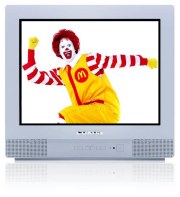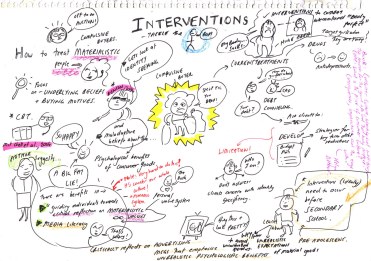 Most of us don’t like them, we tend to ignore them but television commercials can be extremelly clever and tell us a lot about how to learn and memorise information effectively.
Most of us don’t like them, we tend to ignore them but television commercials can be extremelly clever and tell us a lot about how to learn and memorise information effectively.
You see advertisers and marketing agencies have a whole range of strategies they use to hook you in and make their clients products memorable. Why do they try so hard to do this? So we buy the products!
That’s the aim of the advertising game: make mundane, useless products appear so incredibly exciting and memorable that naturally you feel compelled to buy them. Advertisers also want you to think that the product will make you happier. And let’s face it, many advertisers are great at doing this.
A friend recently posted to Facebook a hilarious ad that I’m sure many of you are familiar with. It’s the Cadbury chocolate ad featuring two children moving their eyebrows wildly.
As I watched this ad, initially I just laughed and thought ‘How random’. But then I realised the advertisers were onto something which many of us tend to overlook when it comes to learning – advertisers know how to make ideas stick. They make the mundane memorable.
Since we are bombarded with so much information on a daily basis, advertisers need to find more and more creative ways to get your attention. Bizzare and ridiculous seems to work.
When it comes to your studies (particularly studying dry, boring subjects) you want to use the tricks of the advertising trade to retain information at a deep level.
Below I list three different strategies you can use –
1. Exaggerate the mundane
So the first thing we can learn from television commercials about effective study is this – exaggerate everything! What we know about learning is that if we visualise or draw out new information in a crazy and exaggerated way it’s more likely that the information will stay in our minds and we’ll be able to recall it far more easily.
2. Use colour to your advantage
 Have you ever noticed that many fast food company logos are very similar colours – yellows, reds and oranges? The reason for this is that advertisers know that warm colours tend to boost your mood and appetite.
Have you ever noticed that many fast food company logos are very similar colours – yellows, reds and oranges? The reason for this is that advertisers know that warm colours tend to boost your mood and appetite.
This brings me to explain the next strategy – use lots of colour when taking notes. Don’t just settle for black pen on white paper. Get out your coloured pens, pencils or crayons and start using them to stimulate your mind, seperate out your ideas and group together similar ideas.
3. Evoke emotions
 Television ads can also be extremelly emotive. They can make you feel happy and excited or slightly depressed and insecure. We know from academic research that boring, abstract facts don’t tend to stick with us, but powerful emotions do. We always remember the way something made us feel.
Television ads can also be extremelly emotive. They can make you feel happy and excited or slightly depressed and insecure. We know from academic research that boring, abstract facts don’t tend to stick with us, but powerful emotions do. We always remember the way something made us feel.
How can we use emotions to learn new information?
When learning new content, draw people and create an emotive story involving characters. Have you ever noticed someone doodling little people and you couldn’t help but look at what they were drawing? Humans are naturally drawn to quirky characters displaying different emotions. So draw lots of little people on your pages of notes!
To sum up, you want to bring all of these elements (e.g. emotions, quirkiness/absurdity, colour, and humour) to your studies. You can’t do that by just reading your books and notes over and over and over. Or writing out boring linear style notes.
But you can do it through visual note taking. Below are some examples of visual notes I created recently whilst working on my PhD (click on images to enlarge):
You’ll notice my visual notes contain humorous pictures, little people with different facial expressions and a bit of colour. I do this for several reasons. Firstly, taking notes this way is actually fun. All of my brain (not just the left hemisphere) is fully engaged in the learning process.
In fact, research has found that people who doodle (i.e. draw pictures) while they hear or read information appear to retain approximately 30% more information than non doodlers.
For far too long the majority of students have been taking boring notes and hoping they’re going to be able to magically retain and recall large amounts of information. Well, in the same way that a boring television ad fails to engage us or be memorable, boring linear style notes won’t be able to do it either.
It’s time for a visual note revolution in schools and the workplace. Get out some blank white paper, dust off your coloured pens and start doodling!


